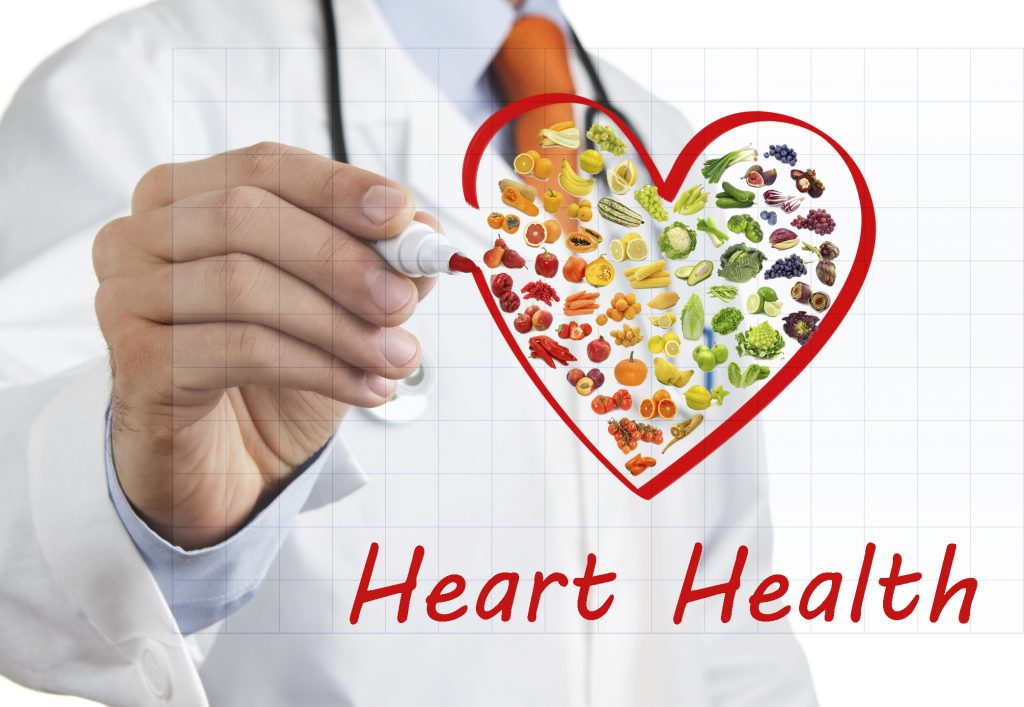Triglycerides are found in the food you eat. They come, among other things, from the consumption of sugars and alcohol, the liver transforms them into triglycerides. Triglycerides circulate in the blood and stored in the body, specifically in adipose tissue. It is called hypertriglyceridemia when there is an abnormally high amount of triglycerides in the blood. It is a real danger to cardiovascular health. There is a link between high triglycerides and the risk of myocardial infarction and angina, as well as death from cardiovascular disease.
In general, this disturbance of the lipid balance is caused by a diet that is too rich in lipids, simple sugars, and alcohol, as well as overweight and sedentary lifestyle. Diabetes and kidney disease can also cause it. Hyper-triglyceridaemia often occurs with other risk factors, such as abdominal obesity, high blood pressure, high blood glucose, and low HDL. A diagnosis of metabolic syndrome is made if a person displays more than 3 of these risk factors.
Classification of blood triglyceride levels
- Normal
1.7 mmol / l - Slightly high
1.7 to 2.25 mmol / l - High
2.25 to 5.63 mmol / l - Very high
≥ 5.64 mmol / l
The unit of measurement used today is millimole per liter (mmol / l), more precise than the gram per liter (g / l). To avoid a high rate, doctors advocate changes in lifestyle. Beyond 6 mmol / l, they recommend, also, the taking of medicines.
Note that people with hypertriglyceridemia may also have high levels of total cholesterol and “bad” cholesterol (LDL). For dietary advice on this, consult the Special Diet Hypercholesterolemia.

General recommendations
To combat cardiovascular disease caused primarily by more blood triglycerides and metabolic syndrome, a group of Canadian specialists developed a lifestyle and dietary advice. The following are the nutritional recommendations from the Hypercholesterolemia and Other Dyslipidemia Working Group:
- Maintain or achieve a healthy weight
- Limit consumption of simple sugars
- Limit alcohol consumption
- Ensure daily intake of omega-3 (AEP and ADH)
Plus these general recommendations we can add:
- Maintain or achieve a desirable waist circumference
- Pay attention to the quantity and quality of fat consumed
- Emphasize whole grain cereals

Triglycerides: Maintain or meet a healthy weight and desired waist size
Achieving a healthy body weight is often enough to cut normal blood triglyceride levels. Overweight is caused by a higher calorie intake than the body’s energy expenditure. Excess calories stimulate the production of triglyceride transporters, especially VLDL (very low-density lipoprotein) and their derivatives.
To find out if you are showing a healthy weight, do our test, “What is your body mass index?”.
- Waist size
It is just as important, if not more, to pay attention to your waist than to your weight, as a high waistline is often associated with hypertriglyceridemia. To get to know it, get a measuring tape. The waist measurement should be taken at the smallest perimeter between the navel and the last ribs.
Classification of the risk of cardiovascular disease, diabetes, and hypertension, by waist circumference
- Low
Less than 94 cm-Less than 37 inches
Less than 80 cm-Less than 31.5 inches - Increased
More than 94 cm-More than 37 inches
More than 80 cm-More than 32 inches - Considerably increased
More than 102 cm-More than 40 inches
More than 88 cm-More than 35 inches
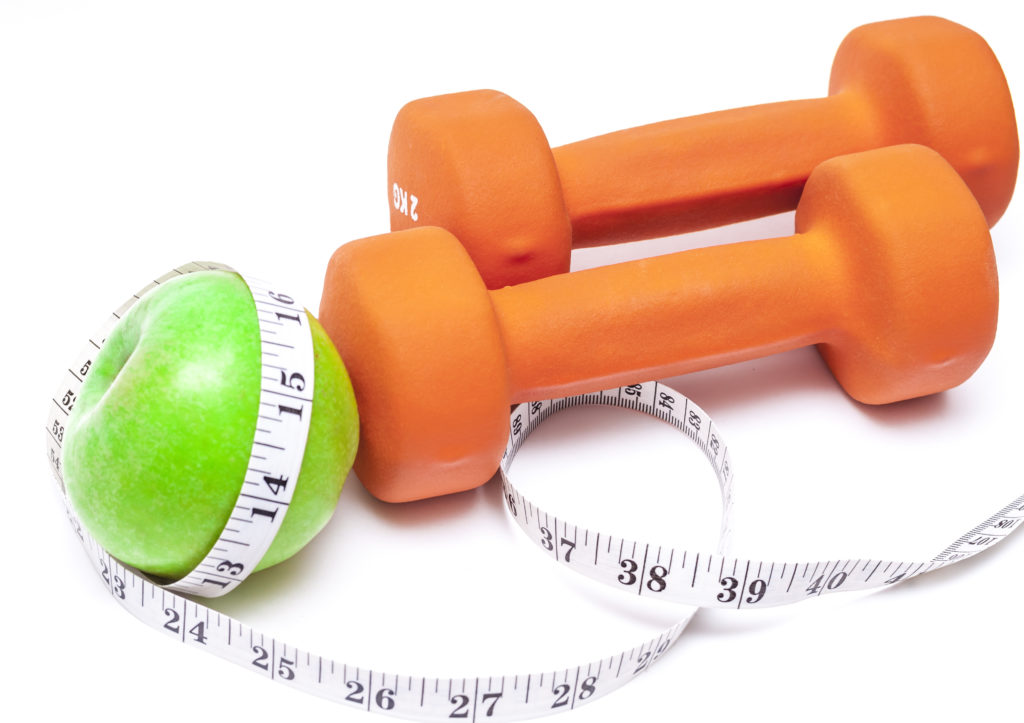
Triglycerides: Limit consumption of simple sugars
Most people are unaware of this, but the consumption of carbohydrates, particularly simple sugars, found in all kinds of food products, maybe the cause of hypertriglyceridemia.
- Sources of simple sugars
Simple sugar sources include White sugar, raw sugar, brown sugar, brown sugar, maple syrup, corn syrup, honey, molasses, jams, jellies, chocolate and hazelnut spreads (Nutella), caramel, chocolate, pastries, chocolate, sweetened cereals, Cereals (granola), donuts, muffins, biscuits, sweets, barbecue sauce, ketchup, sweet marinades.
Milk chocolate, fruit yogurt, ice milk, ice cream, soy beverages (vanilla, chocolate, strawberry), fruit juices (with or without added sugar), sweetened fruit compote, canned fruit in sweetened juice, liqueurs Aperitifs), wine drinks (cooler), soft drinks.
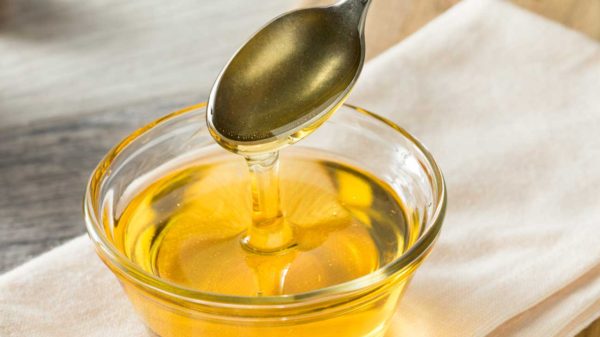
Triglycerides: Limiting alcohol consumption
What is a serving of alcohol?
- 340 ml (12 oz) beer
- 1/2 cup (125 mL) wine
- 45 ml (3 tablespoons) of spirits
Reasonable consumption of alcohol – particularly red wine – can have beneficial effects on cardiovascular health. However, without knowing the exact causes, drinking more than 20 g of alcohol per day can cause blood triglycerides to rise. It is, therefore, recommended not to exceed one serving of alcohol per day for both men and women. In some people who are more sensitive to alcohol, complete abstinence is recommended.

Triglycerides: Ensure daily intake of omega-3
Omega-3 fatty acids, especially of marine origin, are now rated. And for a good reason: the results of scientific studies seem to confirm their beneficial effects on health in general. Their anti-inflammatory properties are known. It is also believed that they can lower blood triglyceride levels and protect arteries from atherosclerosis. The recommended daily amounts are 1 g of EPA and DHA. In cases of severe hypertriglyceridemia, the attending physician may prescribe up to 2 g and even 4 g of EPA and DHA per day. This dose should be taken under medical supervision.
- How to get 1 g of EPA and DHA per day?
In general, a consumption of 3 meals of 150 g of fatty fish per week is enough to reach the desired consumption. Fatty fish include salmon, trout, mackerel, herring, sardines, tuna, swordfish, and Greenland halibut. To know the omega-3 content of the fish, consult our file Fish oils.
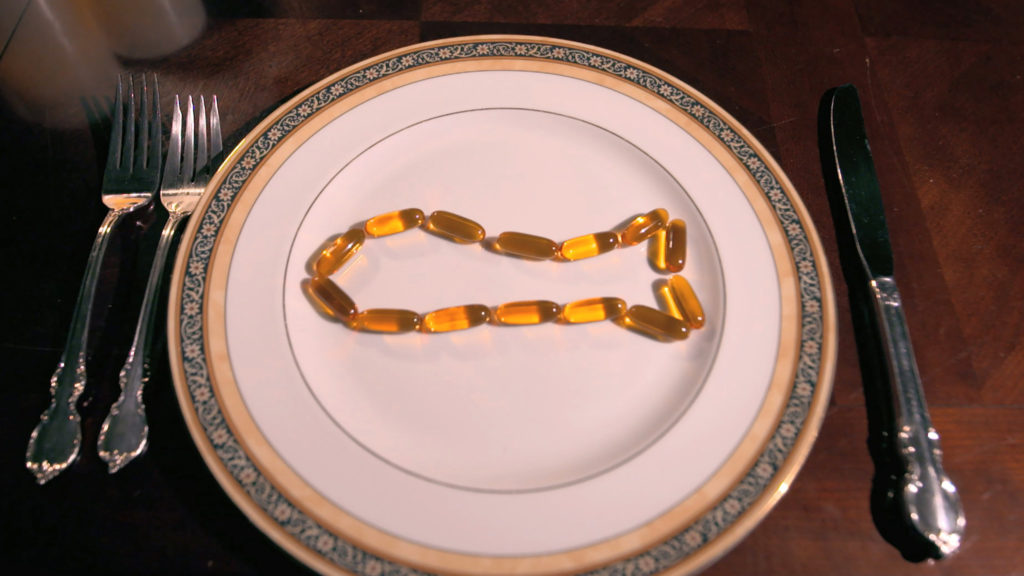
Triglycerides: Good tricks
- Replace all white flour products with others made from whole wheat flours, Kamut, spelled, or multigrain.
- Use extra virgin olive oil and canola oil for all your recipes.
- Consume homemade or as little processed dishes as possible.
- Replace sweets and pastries with fruit, homemade desserts, or low-fat dairy products.
- Sweeten your muffins and other desserts with dried fruit purees, apple puree or fruit juice; Or lower the amount of sugar in your recipes.
- To cut the consumption of saturated fat from meat, incorporate legumes into recipes such as soups, meatloaf, spaghetti sauce, etc.
- Choose lean cuts of meat.
- For snacks, prefer nuts rich in monounsaturated fatty acids: almonds, pistachios, pecans, hazelnuts, Aveline’s, cashew nuts, Brazil nuts, etc.
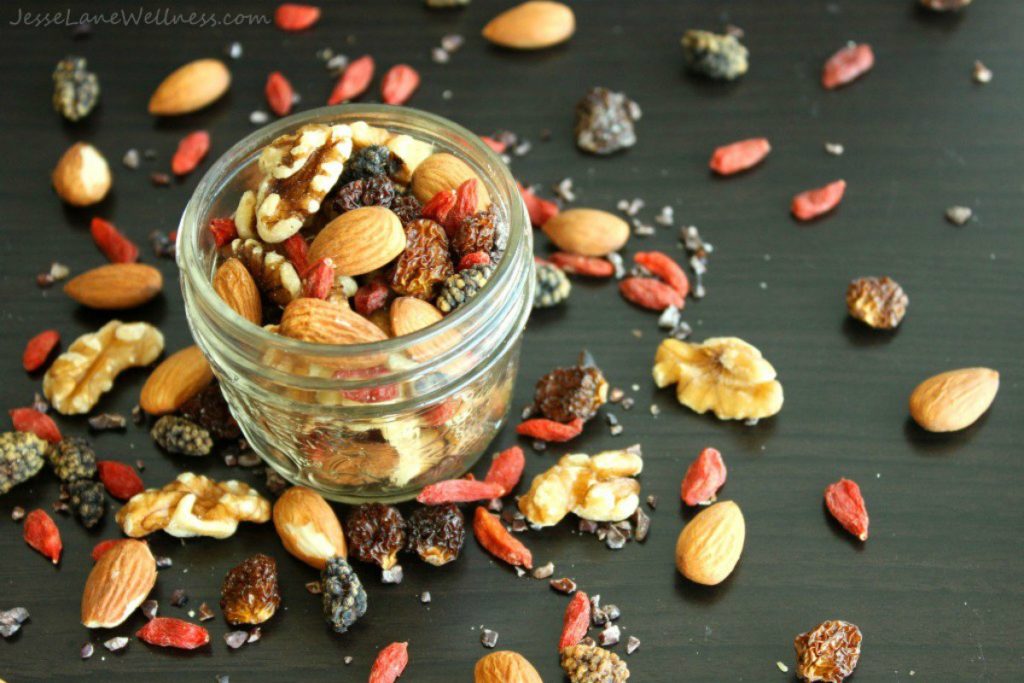
Triglycerides: Typical menu
The following menu meets all the recommendations above. To view the recipe and nutritional value, click on each dish or food.
- Morning
breakfast (yogurt, flaxseed, granola, apple, whole wheat bread, peanut butter, soy beverage) - Midday
Onion soup, Bagel and smoked salmon, Crisp green lettuce, Yogurt with plant sterols and Orange in cup
Snack
Pistachios - Evening
Breaded Fish Fillets, “Risotto” Barley, Grapes Spinach, Apple Compote, Two Oatmeal Cookies.


